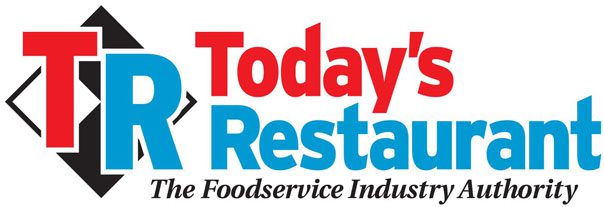
Here’s How to Value a Restaurant or Bar Business
By William Bruce
Wondering what a restaurant or bar business is worth? Here’s how to value.
As a business broker and appraiser, I’m often asked how to value a restaurant or bar business. The valuation of a restaurant or bar business is not an exact science but there are guidelines and rules-of-thumb that can be used for a close approximation of value.
If you have a restaurant or bar business for sale or maybe you’re considering buying one, these valuation formulas will get you in the ballpark.
Certain situations require a formal business appraisal including the larger merger-acquisition transactions, SBA loan applications, management performance tracking, estate planning, divorce — or the most dreaded of all — IRS issues. After all, a professional, fully documented appraisal certainly takes the guesswork out of the situation.
However, what we’re talking about here is not a formal appraisal but rather the informal methods of quickly approximating the value of the restaurant or bar. All of the guidelines we’ll quote are averages derived from hundreds of completed transactions reported to regional and national databases.
There are two methods of quickly approximating the value of a business: (1) applying a multiple to the discretionary earnings of the business and (2) applying a percentage to the annual gross revenue of the business.
The most accurate of the two methods seeks to approximate the value of a business by applying a multiple to the company’s discretionary earnings.
What are discretionary earnings? It is NOT the profit or loss that you show Uncle Sam on your tax return. To put it delicately, almost all business owners run some expenses through the business that are — a’hem – not absolutely necessary to the operation of the business.
Discretionary earnings are the total cash that the business generates in a year that is available to the owner after deductions for only the necessary operating expenses. Another way to define discretionary earnings is that it is the “total owner’s benefit” derived from owning the business, regardless of how the owner takes the money out of the business. It is the amount of cash left over after only the necessary expenses that is available for (1) owner’s remuneration, (2) return on investment and (3) debt service, if any.
Here’s an article that explains the term: What are a Business Owner’s Discretionary Earnings. If you’re not exactly sure of how to calculate, an accountant or professional business broker can compute it for you.
Almost all restaurants and bars will appraise for somewhere between 1.5 to 3.0 times discretionary earnings. Exactly where in this range that a specific operation will fall depends on what type of bar or restaurant, size of the operation, location, revenue trends and other factors.
The second method of estimating the value of a business is less accurate. This method applies a percentage to the operation’s annual gross revenue to approximate value. This method of appraisal assumes the bar or restaurant is earning the average bottom line profit for its peer group. That’s a big assumption!
But making that assumption, we know that a full-service restaurant with a liquor license will appraise for somewhere between 30 and 35 percent of gross annual revenue. Bars will average between 35 and 45 percent of annual revenue in appraised value. Coffee houses will appraise for about 40 percent of revenue.
A quick check of a few popular food franchises reveals the following average appraisal guidelines expressed as a percentage of gross annual revenue: Beef O’Brady’s 22%, Chick-Fil-A 65%, Dairy Queen 45%, Domino’s Pizza 52%, Panera Bread 37% and Subway at 65%. For a more complete list of franchise valuation formulas, including many restaurants, please see our article “What is a Franchise Really Worth.”
None of these appraisal guidelines include the value of any inventory on hand or real estate. If the business owns real estate, the value of the realty should be added to the guideline result. And inventory, at cost (food and liquor only), should also be added to obtain the total estimated value of the business.
However, you as the owner, seller or buyer of the business are the final arbiter of what the business is worth to you. Remember, these guidelines are only averages. And the guidelines certainly don’t take into account any special considerations or any future plans that an owner might have for the business. What a particular business might be worth to you may be more or less than it’s worth to the next person who looks at it.
Should you need advice on restaurant or bar valuation considerations, please don’t hesitate to call or email.
Here are additional related articles that might be of interest:
What is a Franchise Really Worth (includes the valuation of most food service franchises)
How to Analyze a Business You’re Considering Buying
How to Make a Written Offer to Buy a Business
How to Handle the Due Diligence Investigation When Buying a Business
William Bruce is an Accredited Business Intermediary (ABI) and Senior Valuation Analyst (SVA) assisting buyers and sellers of privately held businesses in the transfer of ownership. He currently serves as president of the American Business Brokers Association. His practice includes consulting services nationally on issues of business valuation and transfer. He may be reached at (251) 990-5934 or by email at Will@WilliamBruce.org.
Follow William on Twitter and LinkedIn.





Recent Comments